Kobe was the fourth stop of our Japan road trip, chosen as a midpoint between Iga and Okayama, alluring because of its alleged seaside vibe all the guides talked about. After two extraordinary days spent in Iga and Shigaraki, I wasn’t convinced about Kobe. But there was late spring in the air, people were picnicking under cherry blossom trees (even on asphalt and under the train station), the apartment we stayed at was tiny and cute (with flower shaped faucet handles, a little carpet on the toilet seat, much needed washing machine and a small bed to squeeze into), and both Luka’s birthday and Easter fell on a day in Kobe.
On our first (and only) evening in Kobe, we walked from our apartment near the Shin-Kobe station, through a net of restaurant and shop filled streets, all the way to the port- soaking in the atmosphere, the buzz on the narrow streets, the smells from the numerous eateries, the light from the lanterns and neon signs. Even though Kobe beef is probably the city’s most widely known product, we decided not to have it, as we already tried delicious beef in lesser touristy regions of Hida and Iga a couple of days before, and we presumed that the price would be higher, and the quality not. Instead, we wandered into an unassuming ramen place, simple and bare, with only two cooks and one customer inside- we wanted something warm and soupy. We got both, and a chat with the men inside- as usually, they were excited about Croatia and its football team.
When we got to the port, it was surprisingly still, with only a few people strolling in the Meriken park and a street musician that was playing melancholic music on his flute, for a non-existent audience. We were both touched by those sounds and the atmosphere, and when I think of Kobe I inevitably think of that moment. The park was enjoyable sight, especially by night, with majestic Kobe Port Tower, Maritime Museum, and the Ferris wheel on the other side of the bay, all lighted up. In the Kobe Earthquake Memorial Park, we read about the Great Hanshin Earthquake that hit Kobe in 1995, destroying a large part of the city and causing the death of around 4,500 people in the city alone. Before the earthquake, Kobe was the busiest Japanese port, with a long trading tradition- it was one of the first cities in Japan to open to foreign trade in the 19th century. By the sea, a short section of the waterfront has been left unrepaired after the 1995 earthquake as a reminder of the destructive power of nature.
Today, Kobe is Japan’s sixth largest city with 1,5 million inhabitants and fourth-busiest port. It is squeezed between Osaka bay and Rokko mountain range, and so on a nice day, you can take the ropeway up to the mountain and enjoy the view of the city and the sea- which is exactly what we did the next day.
The day started with a festive breakfast in our tiny apartment. In the last few years, we ended up celebrating Easter away from home, each time trying to recreate the custom of Croatian Easter breakfast. When we were in France, our host brought us deliciously cooked ham, sliced by the hand of her local butcher, after we mentioned that it was a Croatian tradition. In Osaka (that was our first time in Japan), we sat for a French toast with a lot of cream and strawberries in a cute place below the railway. In Kobe, we went to Seven Eleven store the night before and bought honey glazed ham, precooked eggs (so Japanese), cherry tomatoes, toast and butter, and something resembling Russian salad (which is Croatian tradition both for Christmas and Easter). Only spring onions were missing, but we managed. Conveniently, Luka’s birthday fell on the same day, so we had two celebrations in one- festive breakfast on the smallest table, in the smallest apartment, on top of a building in Kobe- of all the places.
Since we only had half a day in Kobe, we looked into its sights in advance and decided to visit the Nunobiki Herb Garden on the hill behind the Shin-Kobe station. On our way to the station, a cherry blossom viewing fuss had already started. Blue tents for picnicking were laid down under every single blooming tree, no matter what it was actually asphalt below. Some people were gathering in groups, the others were picnicking by themselves, with an obligatory book and a thermos. In my hometown, picnicking in the central parks is an unusual sight, let alone on the street - there, it looked natural, and fun too.
On the station, we bought a one-way ticket for the ropeway- we wanted to enjoy the nice weather and walk downhill. The view from the cabin was well worth the drive. The tall rises of the town below, the port and the sea behind us, green slopes and a waterfall in front of us. Who would have guessed that there was such a lush nature area just behind the station? On the top, there was a peculiar building built in a German style, with half-timbered facade (an unusual sight in this part of the world, and we have already seen a similar building in the center the night before), with a couple of restaurants and shops. We were more interested in the views, colorful blossoms, and a walk down the flower-lined path to the middle station.
In the middle of the garden, there was a glass house, hiding a cafe with a terrace and a spectacular view. We sat on a bench overlooking the town, opened a glass of sake we brought the day before (that’s right, you can buy a glass of sake with a lid in the Japanese supermarkets), and toasted to Luka’s birthday. No one even paid attention, it was a sort of leisurely bar where you could, but not necessarily, order something. Sitting on that sunny terrace, drinking sake and enjoying the views was a memory I brought home as a keepsake, as a memento of those precious, light moments.
On the middle station of the Shin-Kobe ropeway, another fantastic view opened up, and that over a bright green meadow surrounded by cherry blossoms. A perfect spot for lying in the grass, which is what most of the people were doing, but we sat enough drinking sake on the terrace, and decided to head further down to the city.
The road leading to the city was a bit harder to find- we had to ask for directions, but once we were on it, it was a nice stroll through nature, passing by Nunobiki reservoir, Gohonmatsu waterfall and Nunobiki falls. We encountered other people on that path, but it was far away from crowded. Every now and then we would see someone picnicking in nature, with a blanket, bare feet, and a book. In a world where people can’t even have lunch in a restaurant by themselves, hiding behind their phones, trying to appear busy and connected, I love that Japanese custom of spending time in nature by yourself. The reservoir turned out to be quite a beautiful, deep green lake, adorned with lush vegetation, looking rather like a natural lake. A quick stop at each of the waterfalls, and we were already back at the Shin-Kobe railway station.
Behind the station, a peculiar scene opened up in front of us. People were picnicking and grilling by the stream right under the station building. It certainly wasn’t the nicest place or the one that I would ever consider apt for a picnic, and yet, large groups of people came with their tents, portable grills, drinks- and made such a cheerful atmosphere that we wished we could join them. The Japanese appreciate spending time in nature so much that if there is a stream or a couple of cherry trees involved, it doesn’t matter if they’re under a bridge or a railway station- and that’s the joie de vivre I’d like to learn.
Since we had another portion of our trip planned for that afternoon, we picked up our bags from the station, bought the inevitable bento box for lunch, and boarded the train to Okayama, the last stop of our ten-day trip. A visit to Okayama and Naoshima island was the cherry on top, and I can’t wait to share the photos we took of the art on Naoshima and a very special garden in Okayama.
*If you found this post helpful and would like to contribute to keeping this blog going, you can do so by the simple act of buying me a coffee!
Pin this article for later!



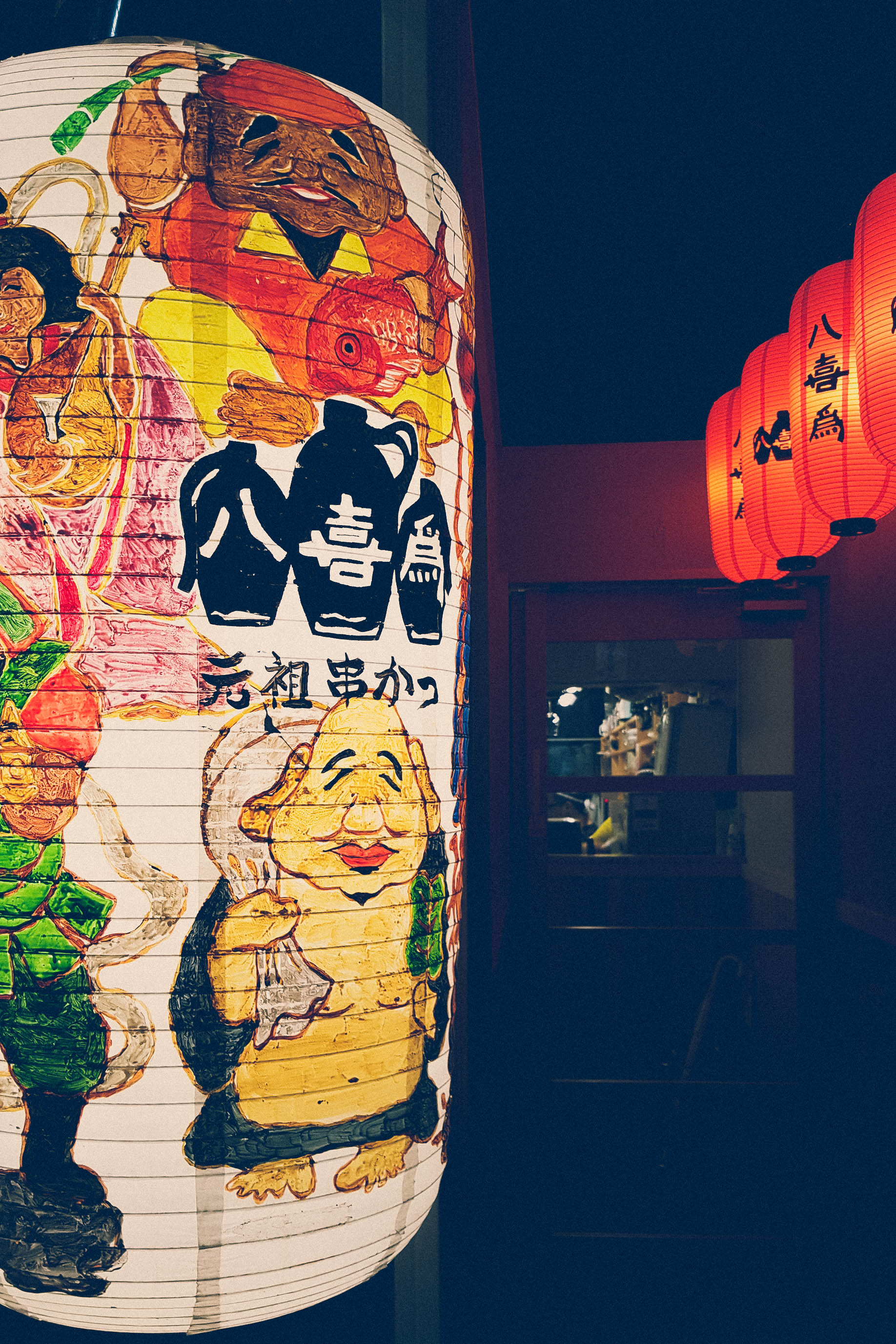
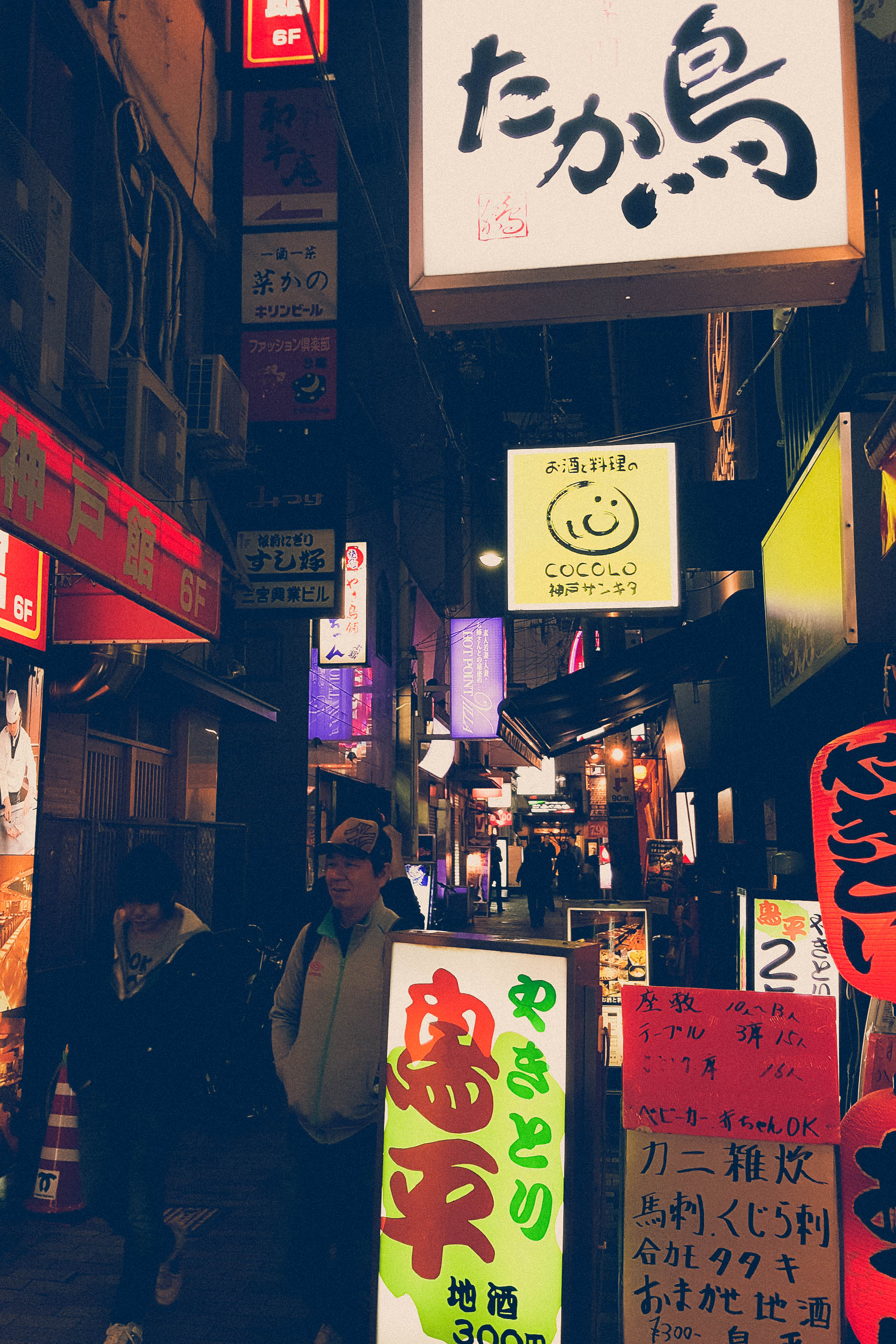


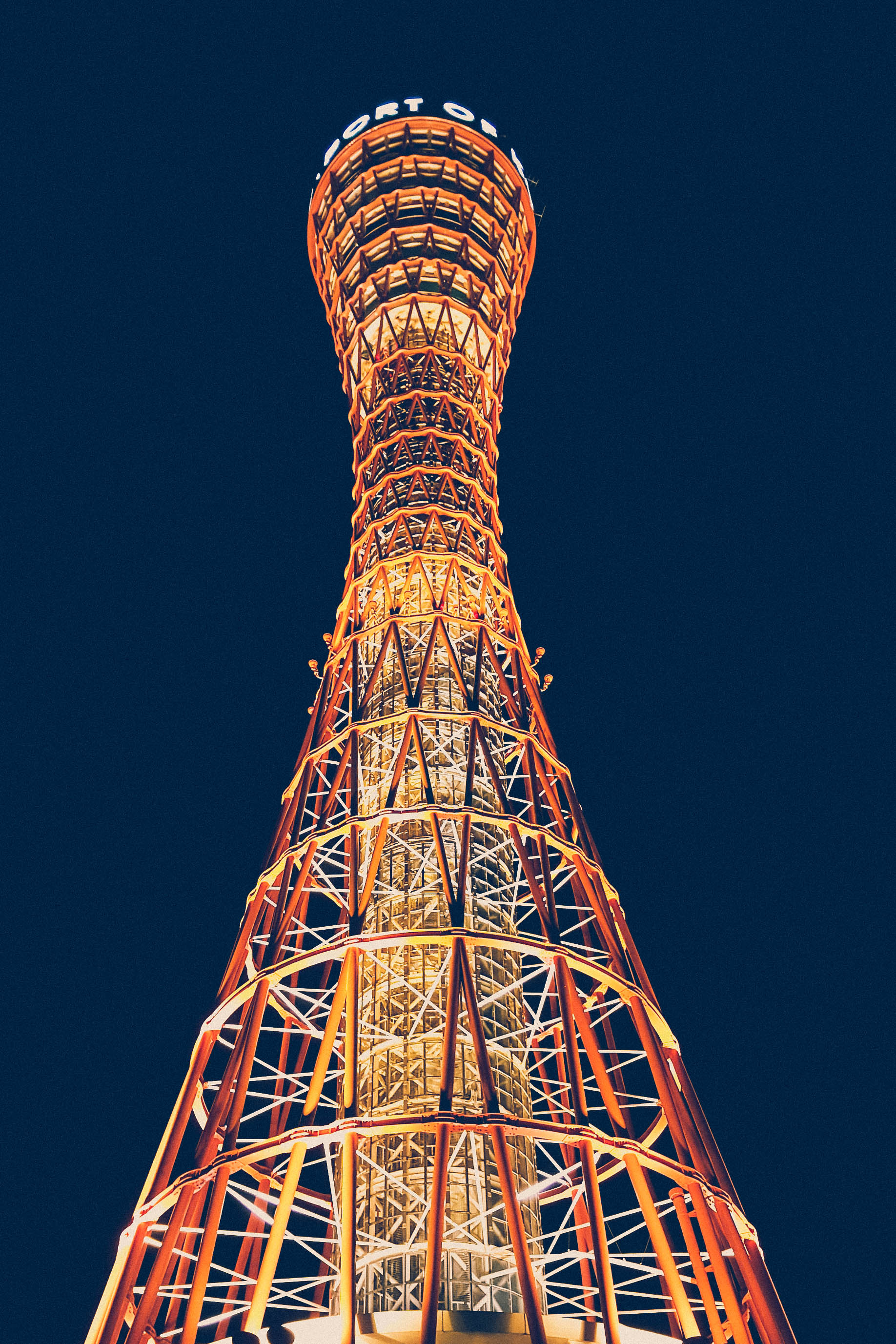
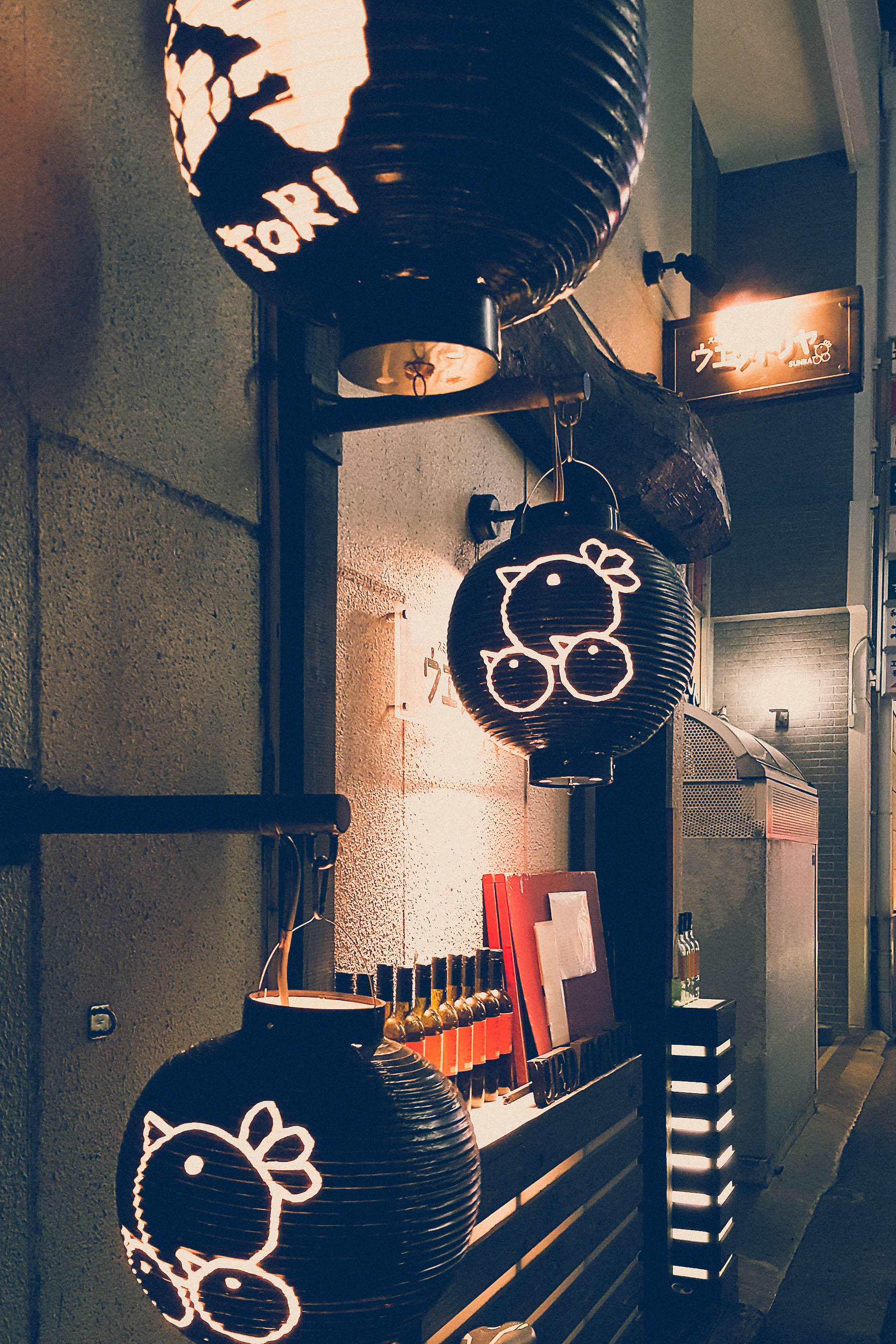


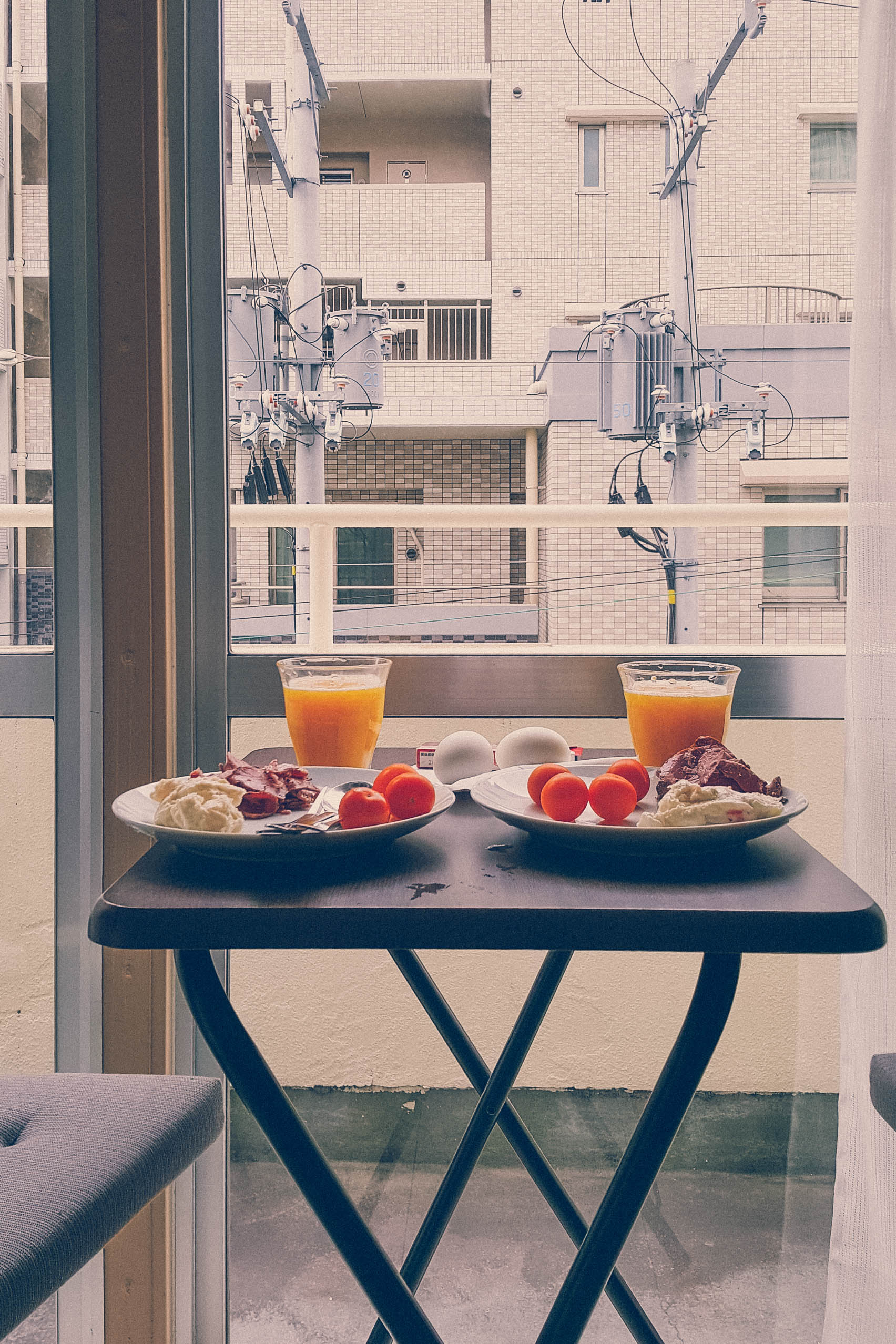
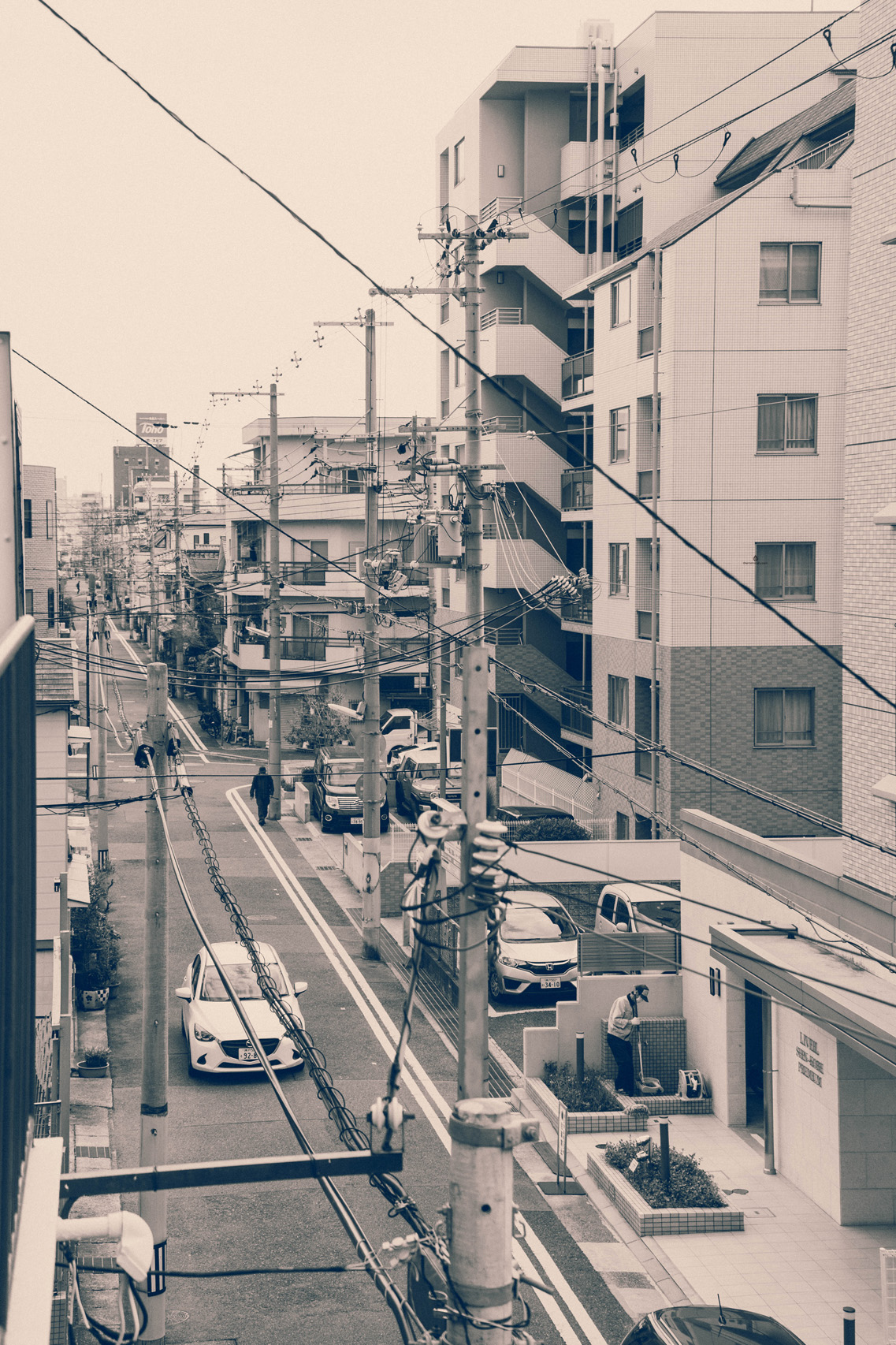


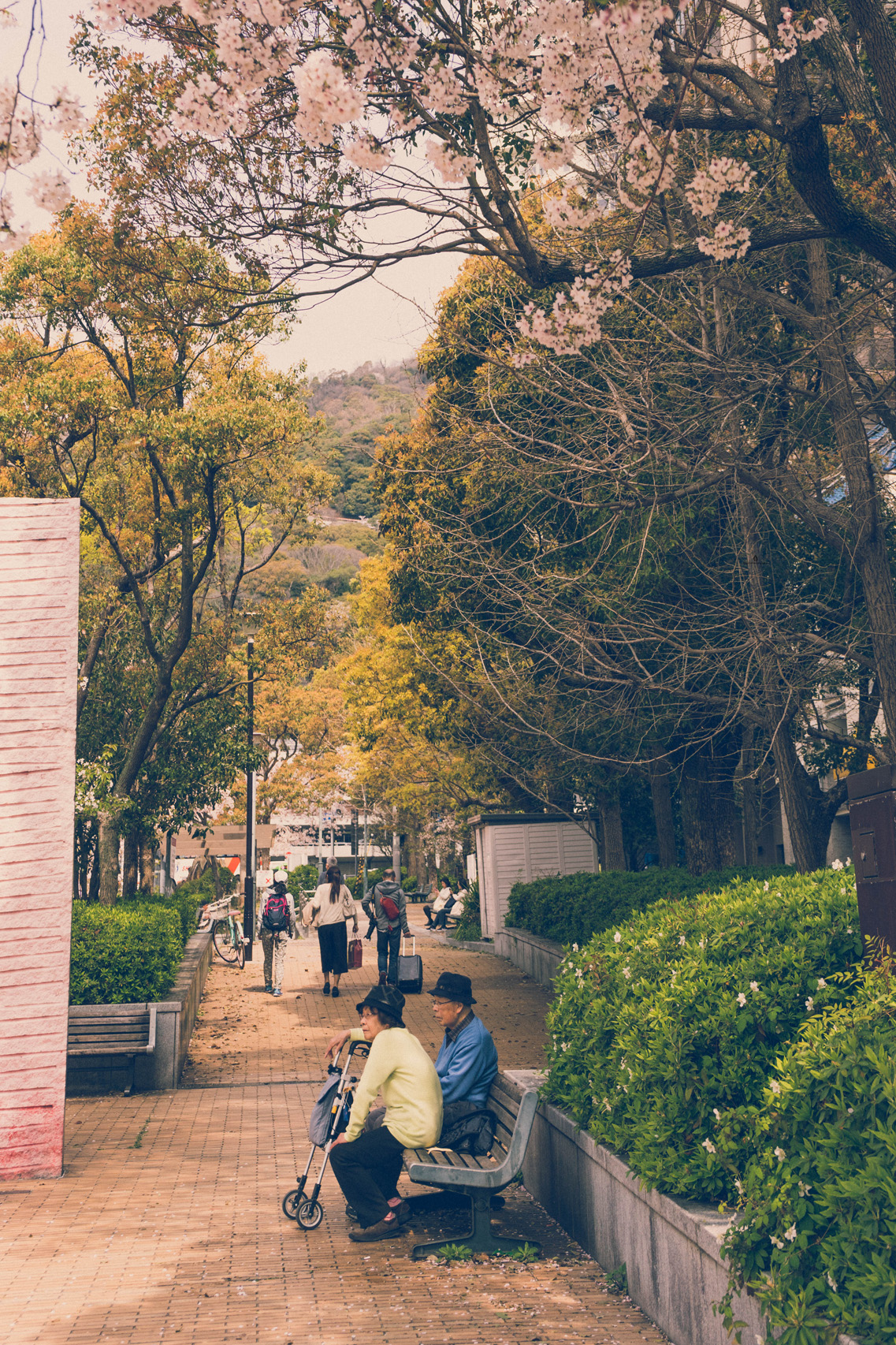
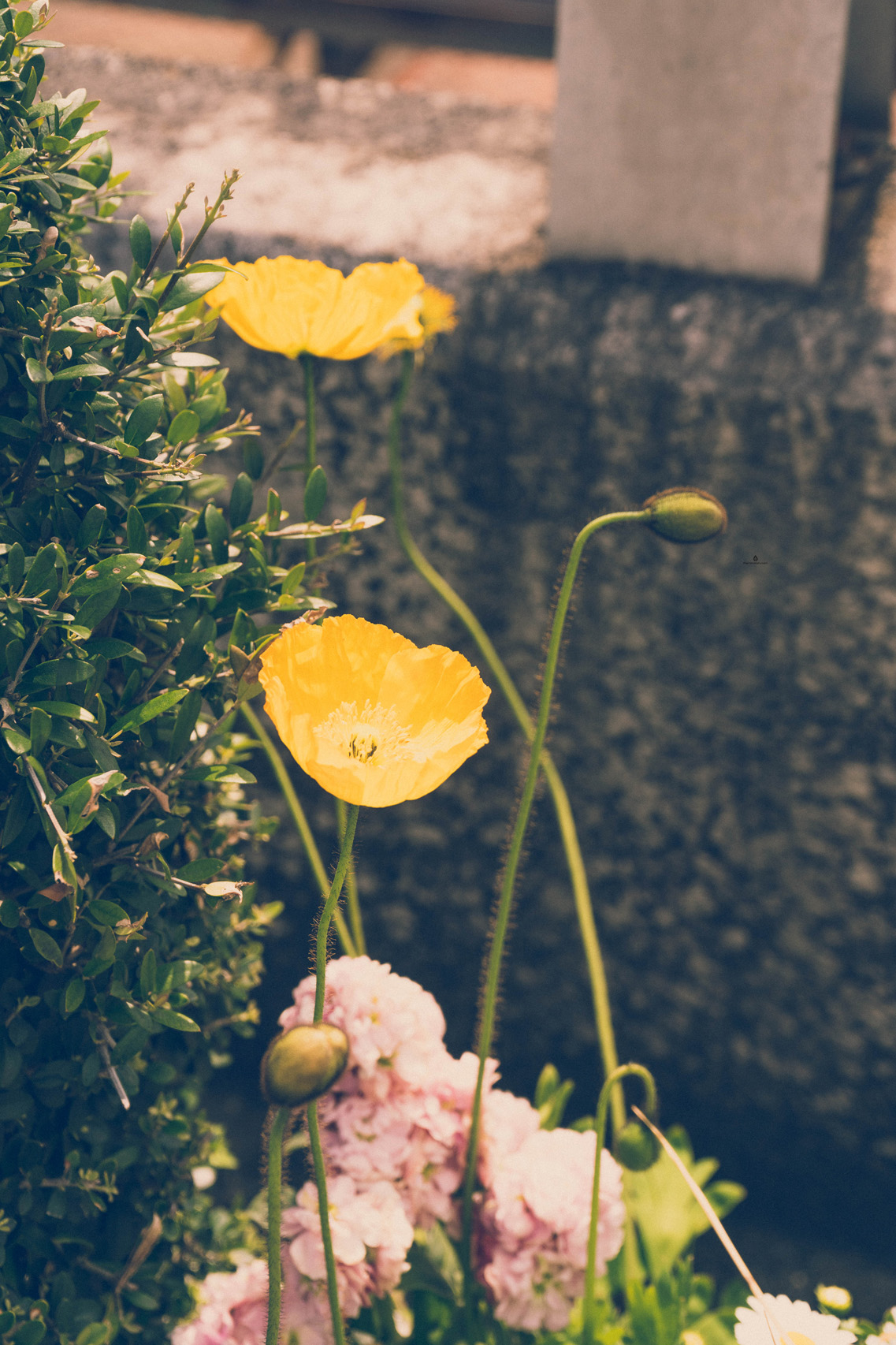


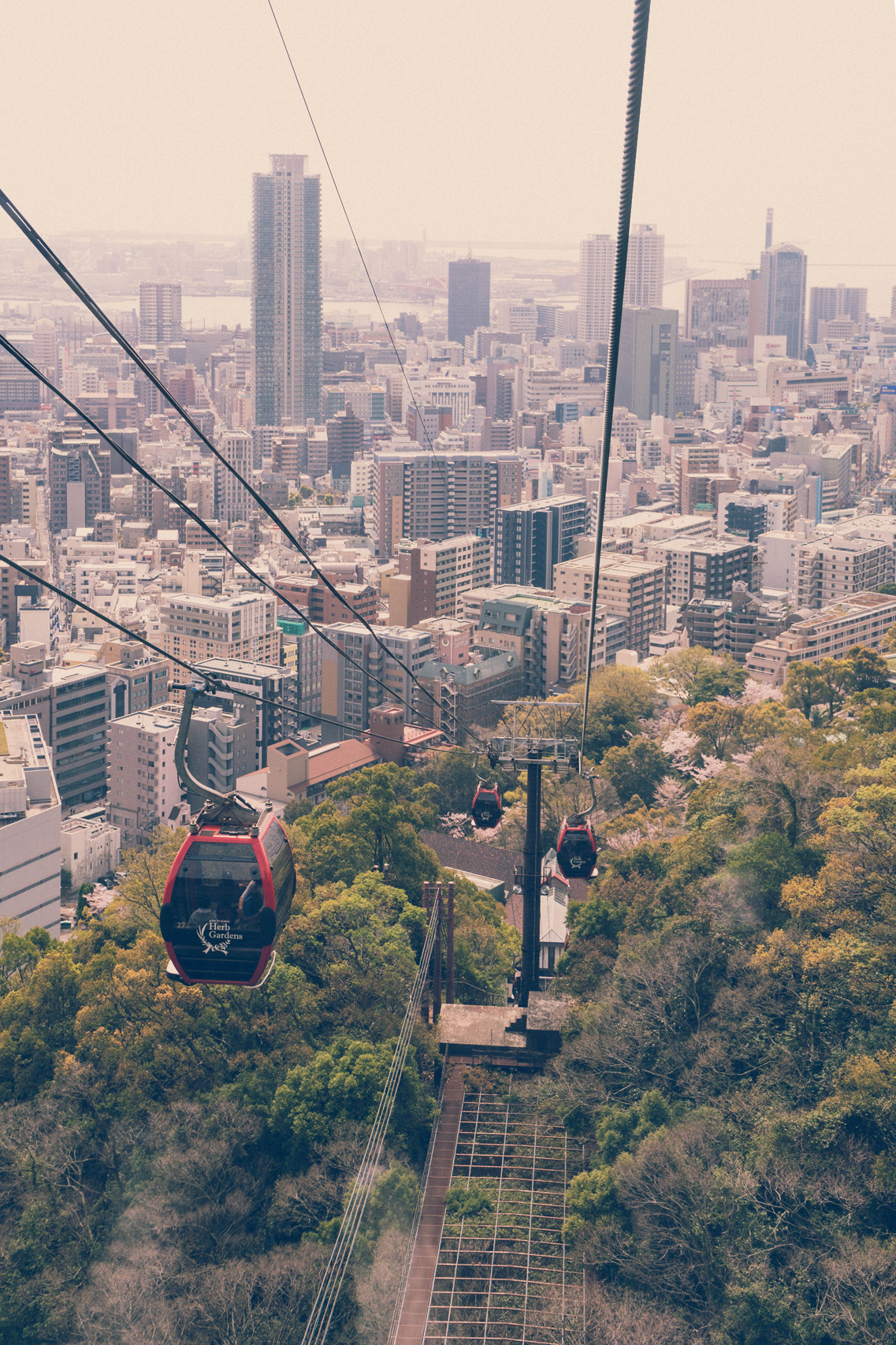


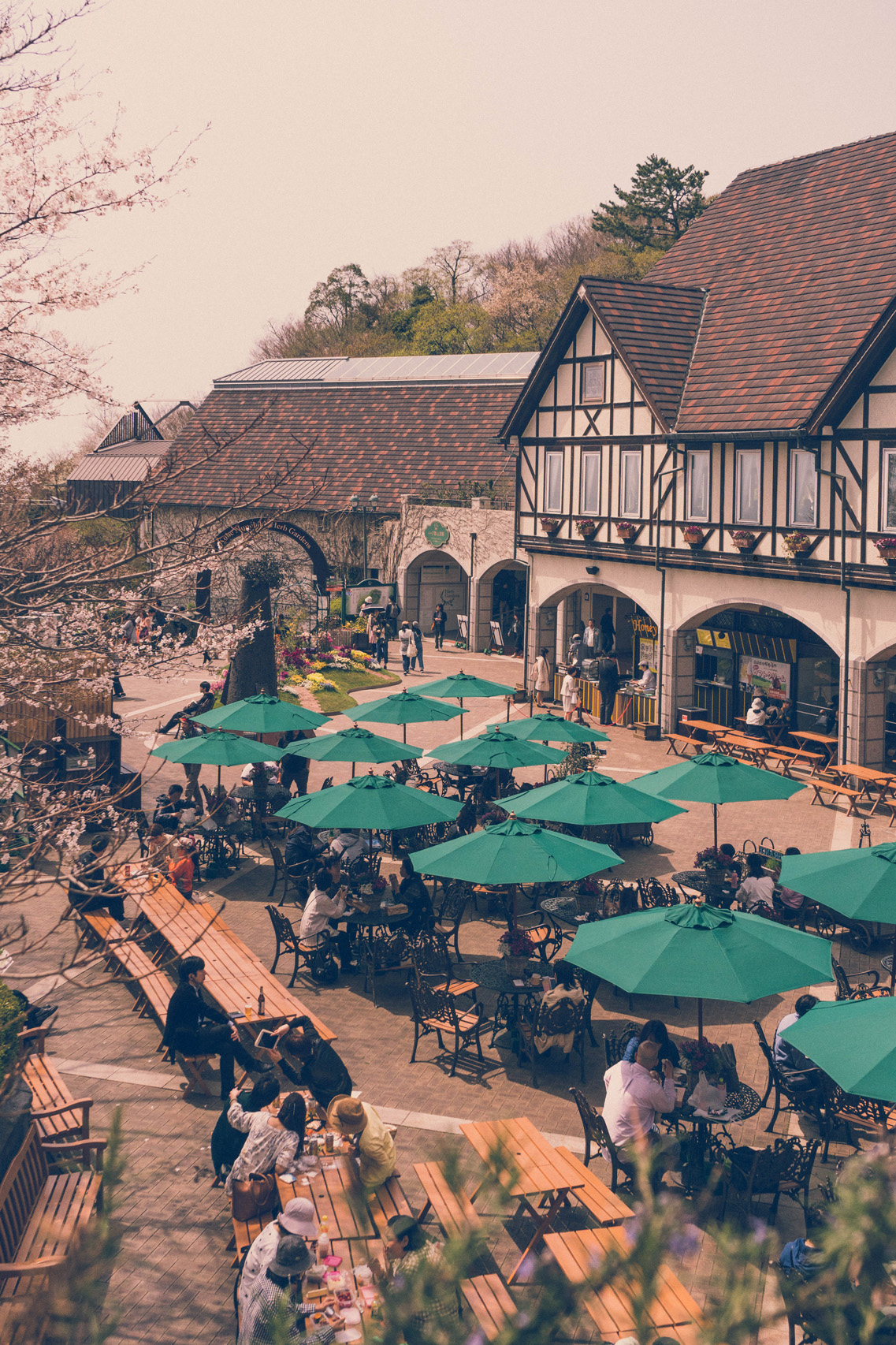
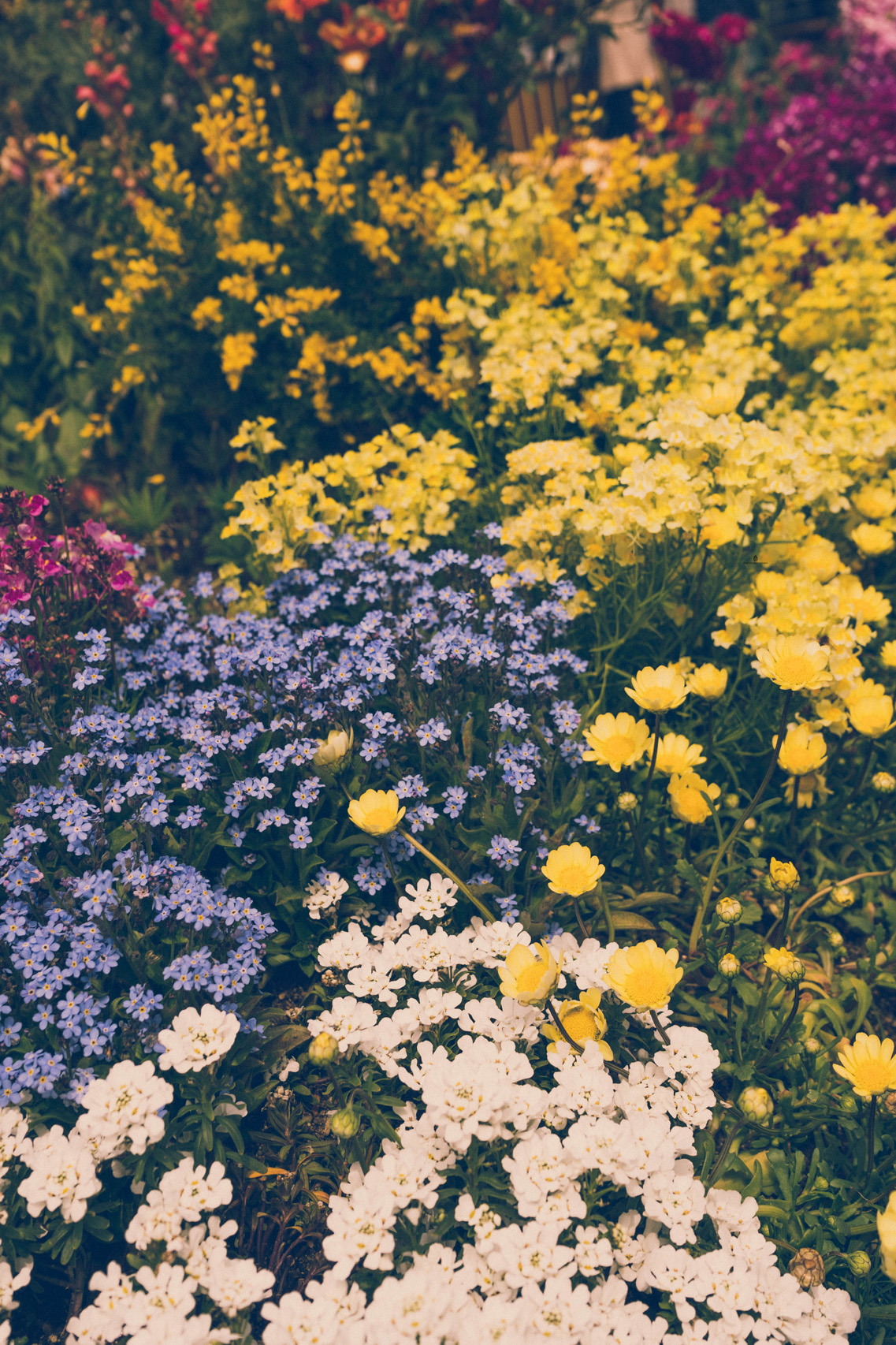




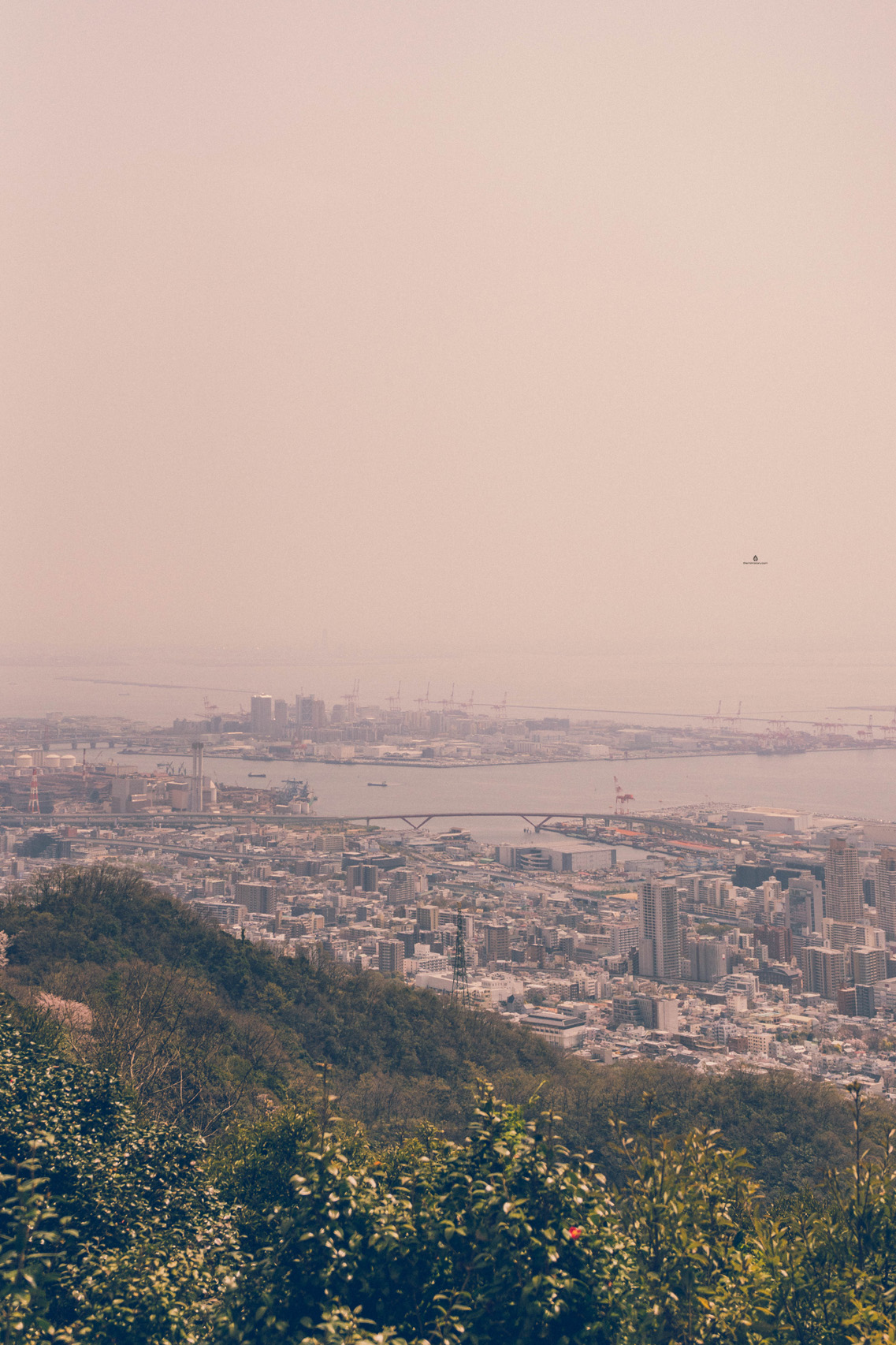
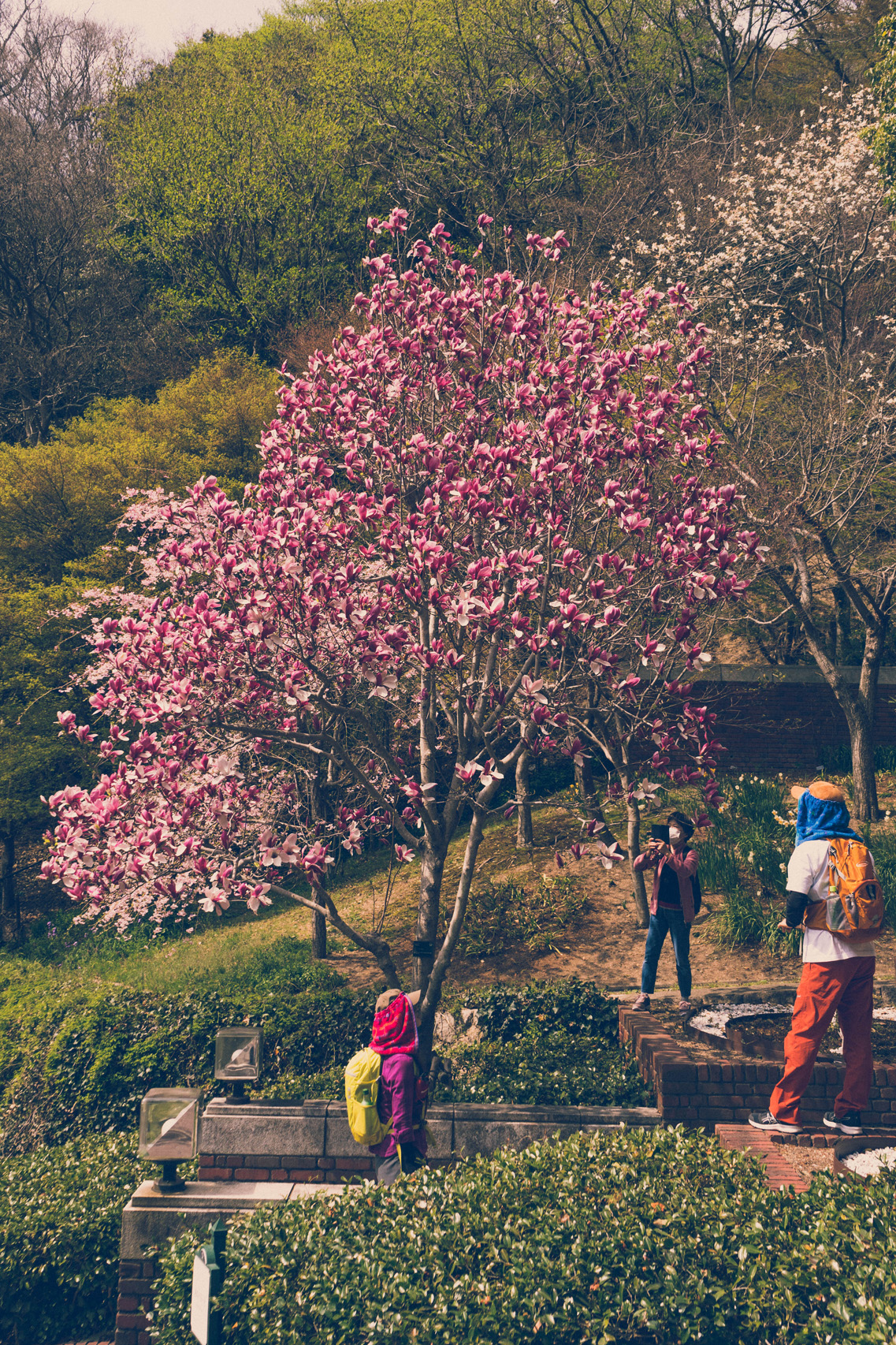


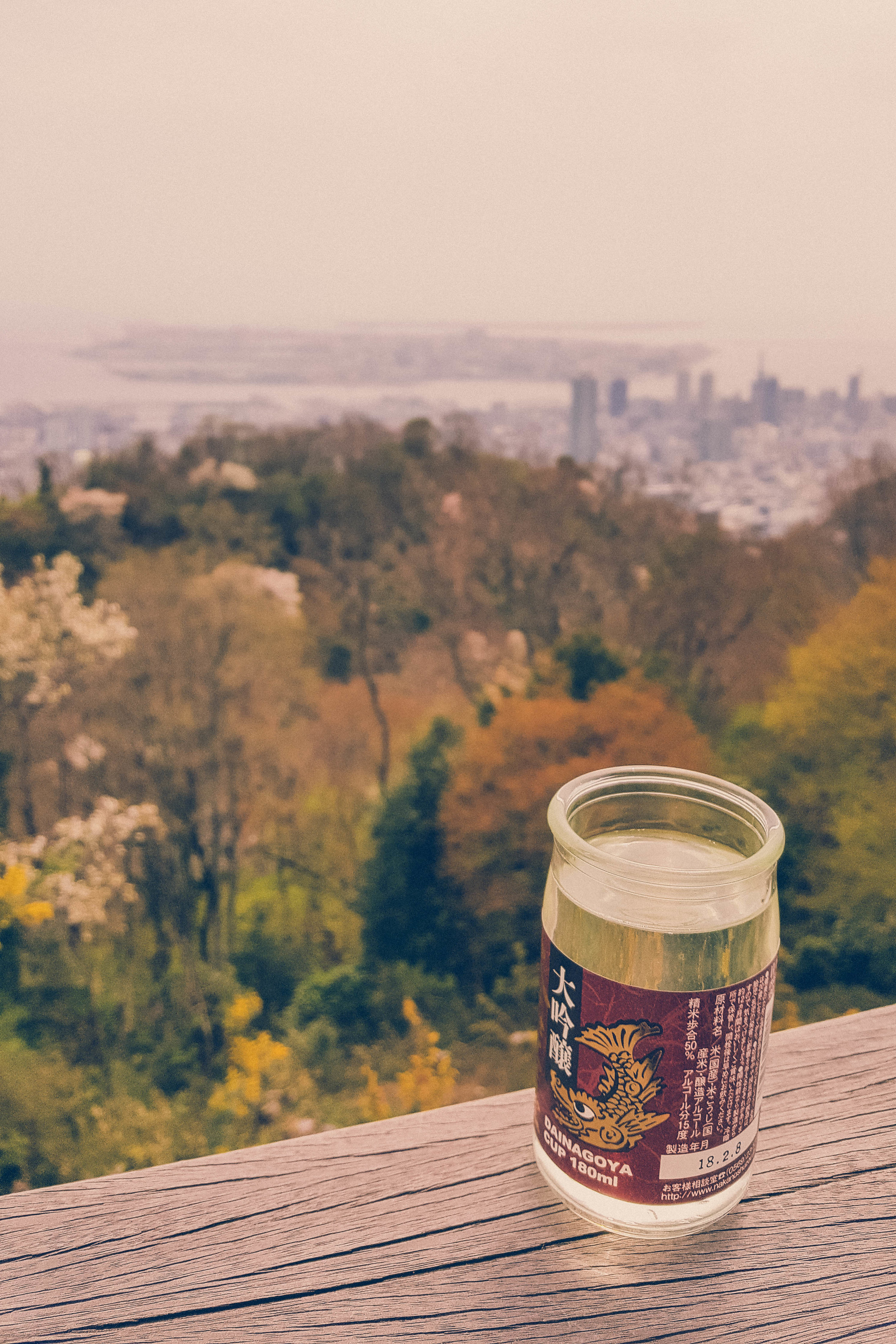
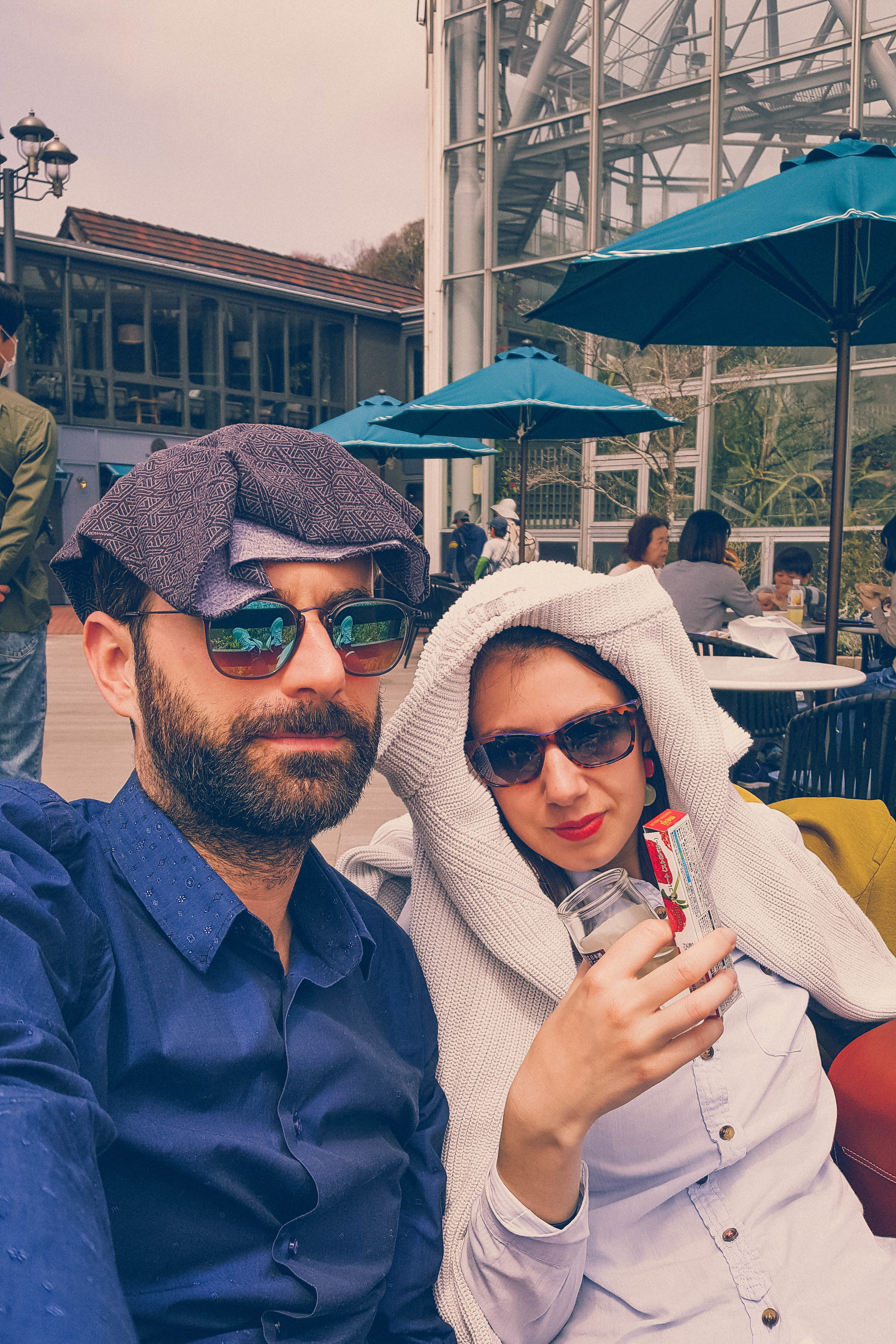





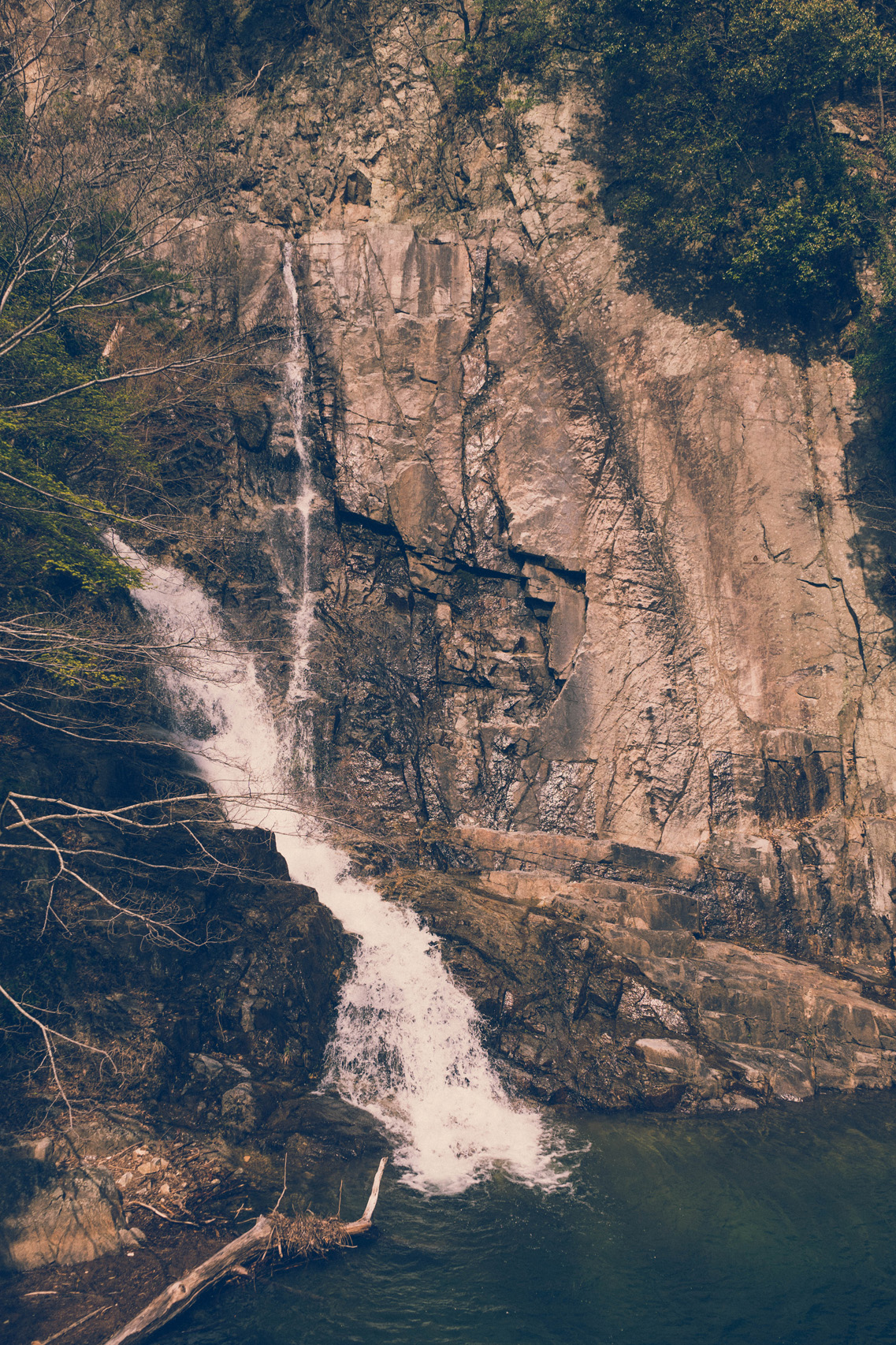
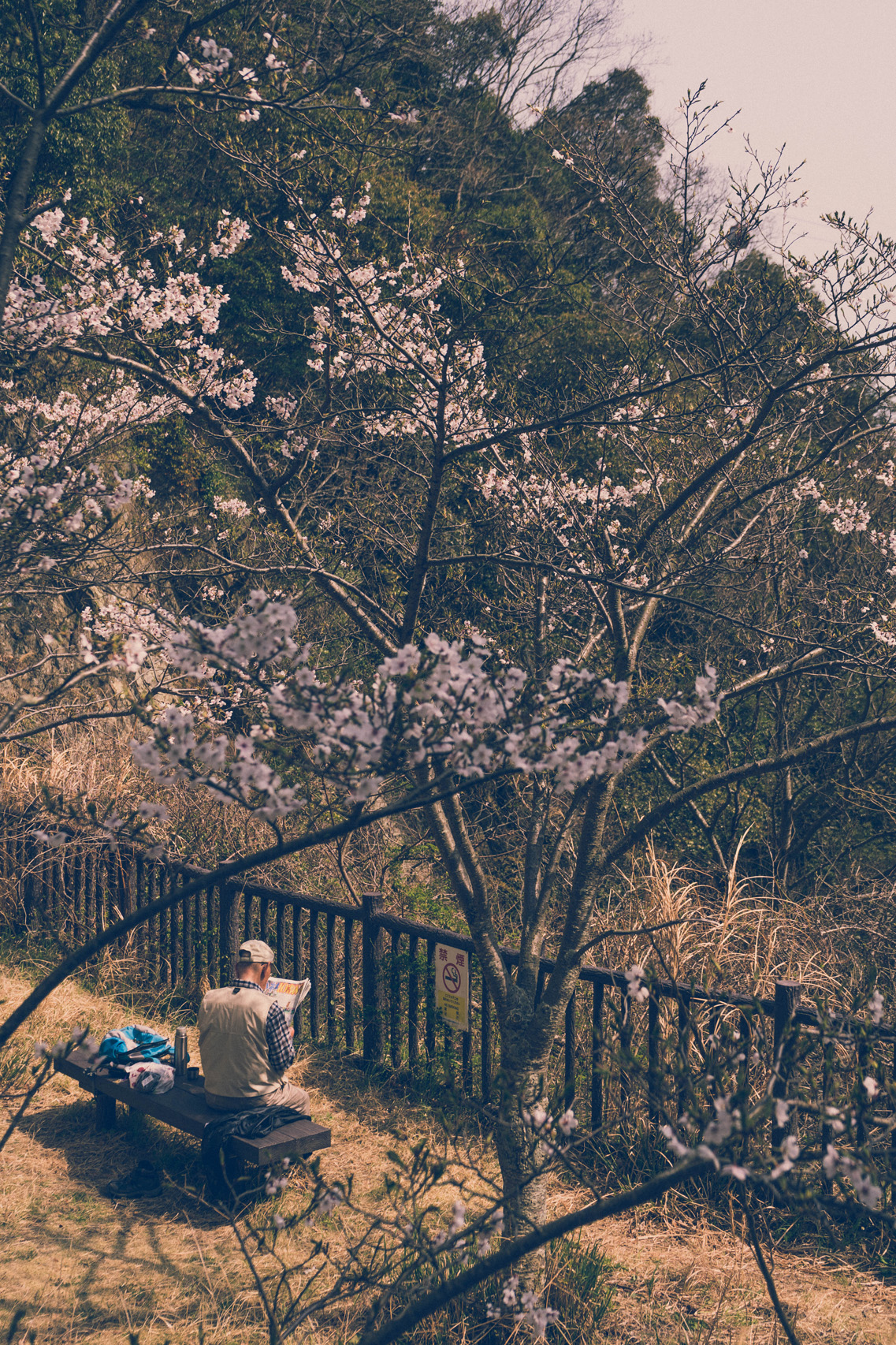
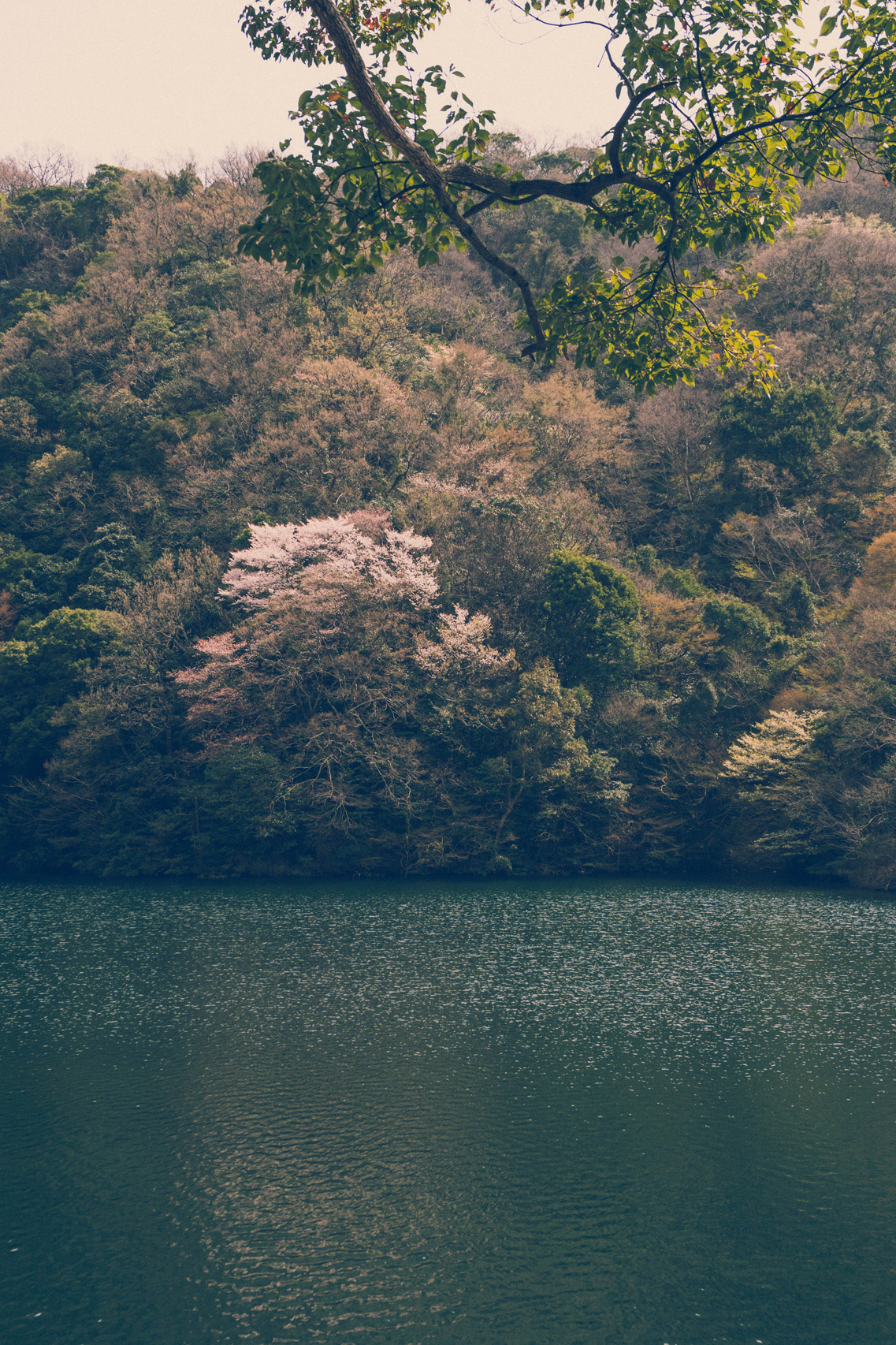

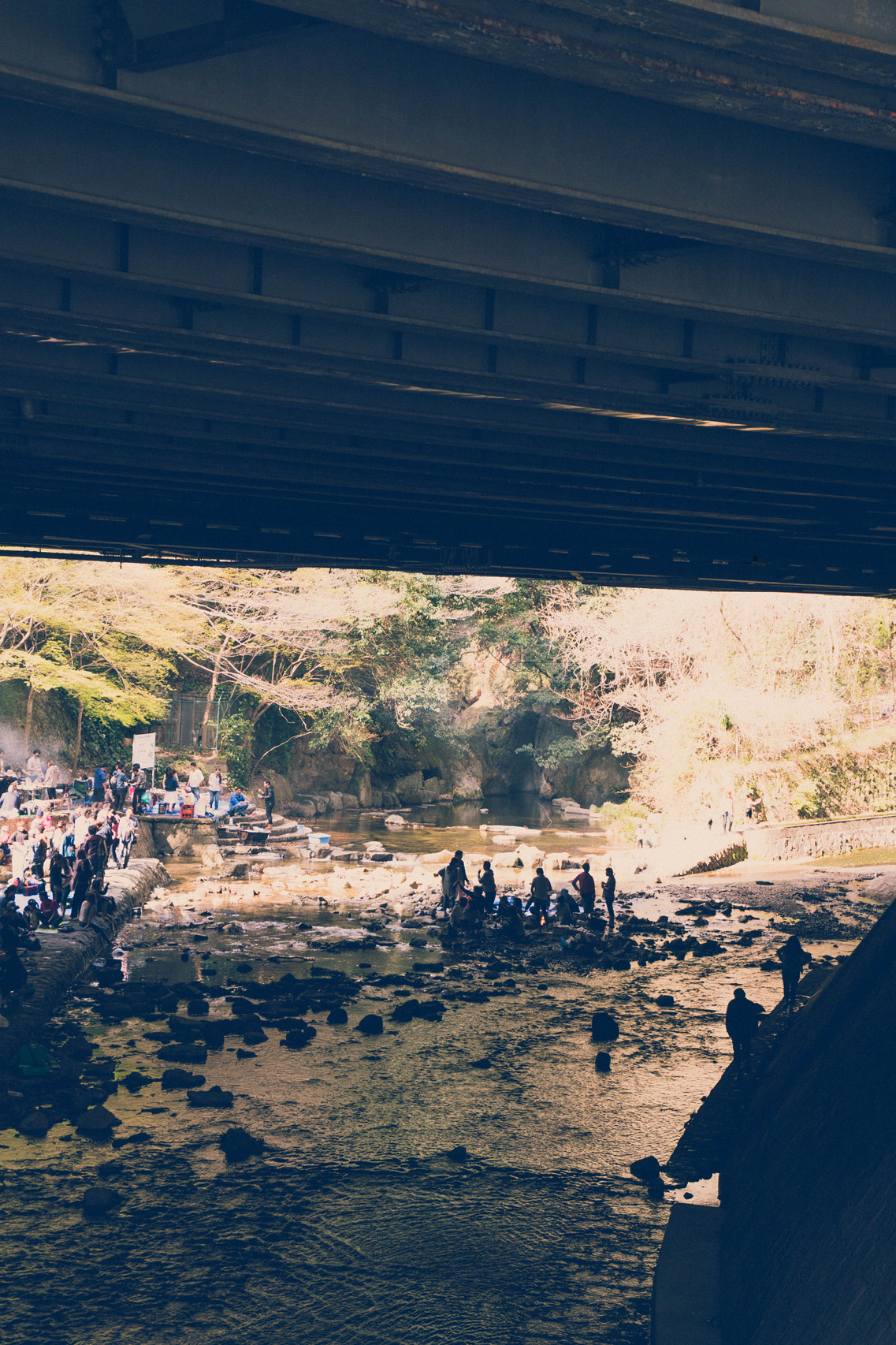
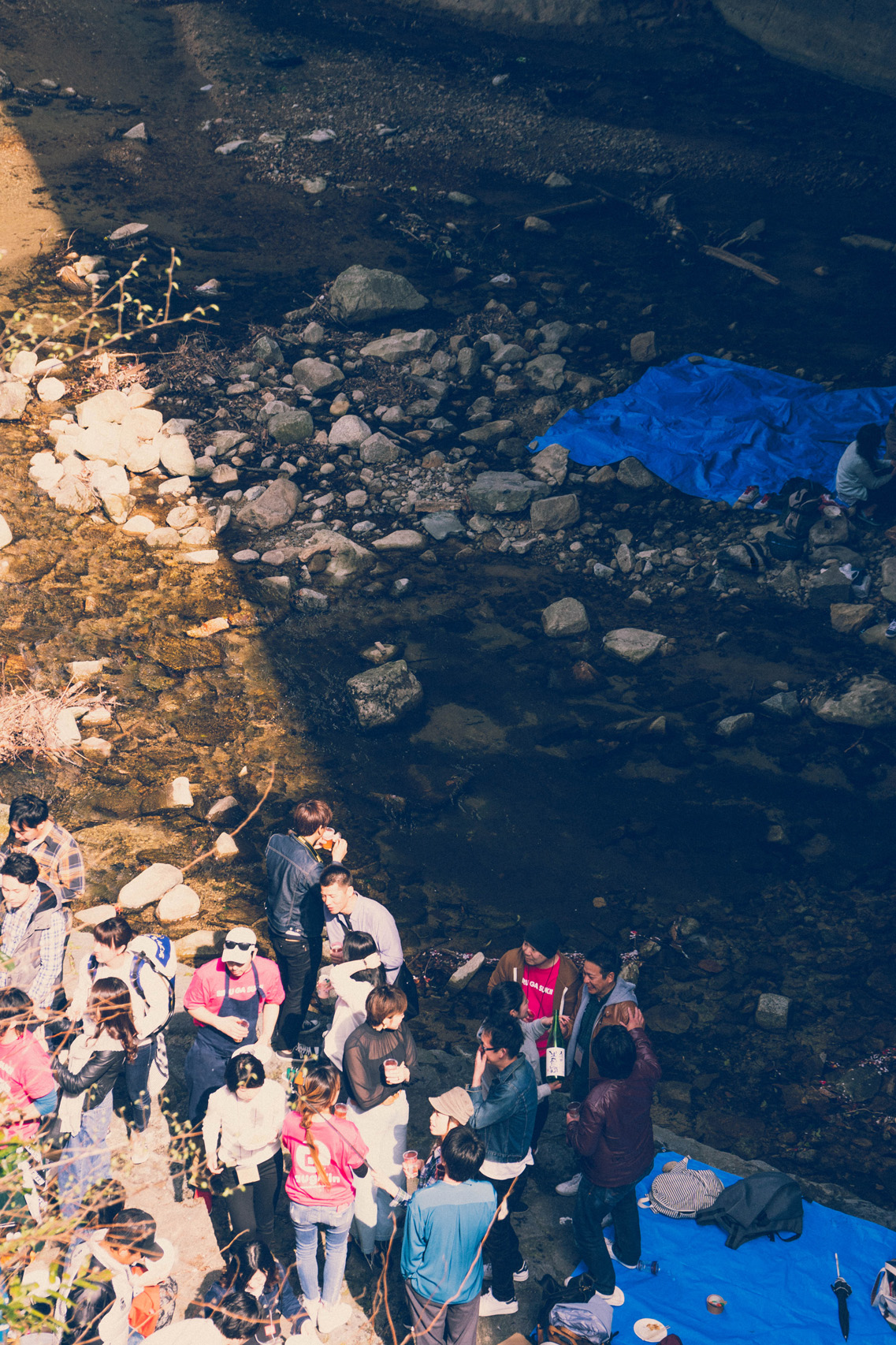


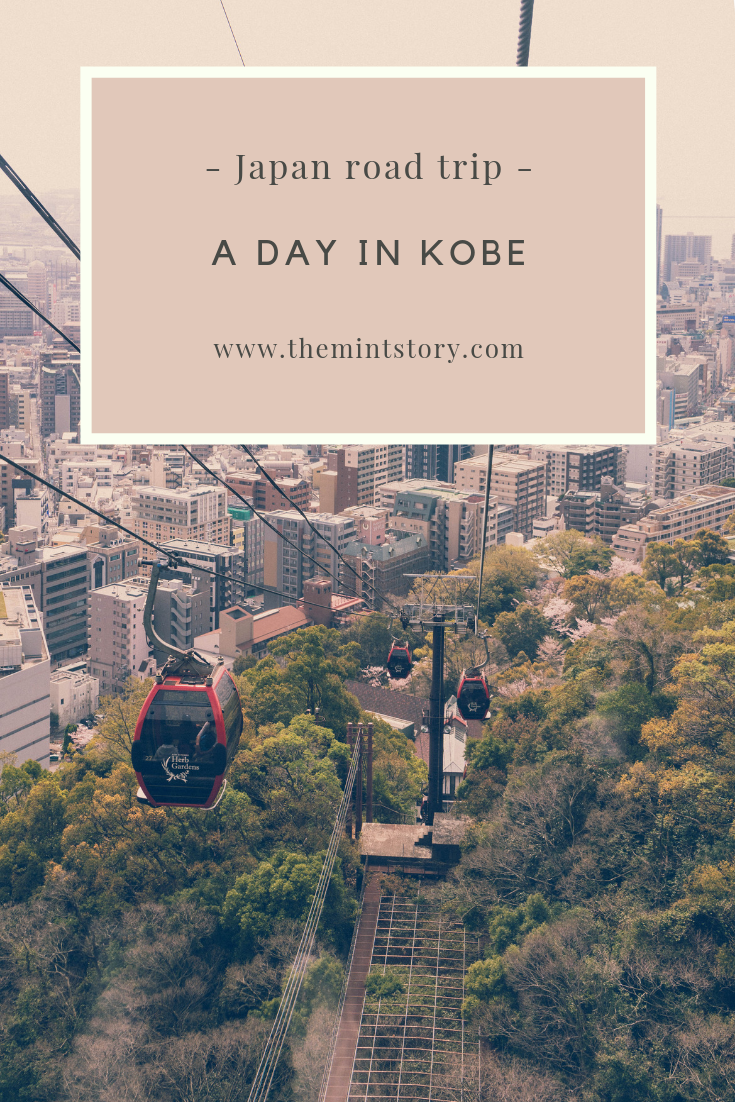


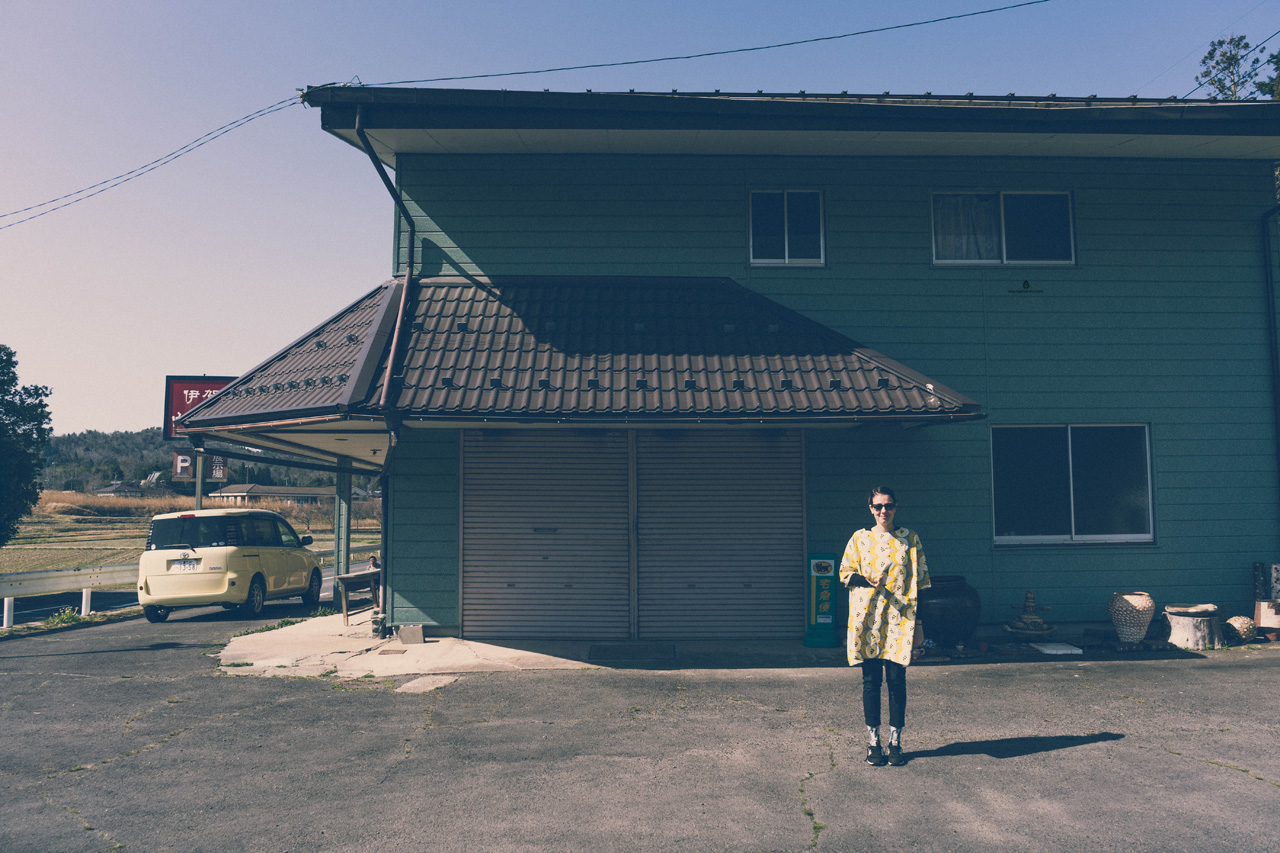
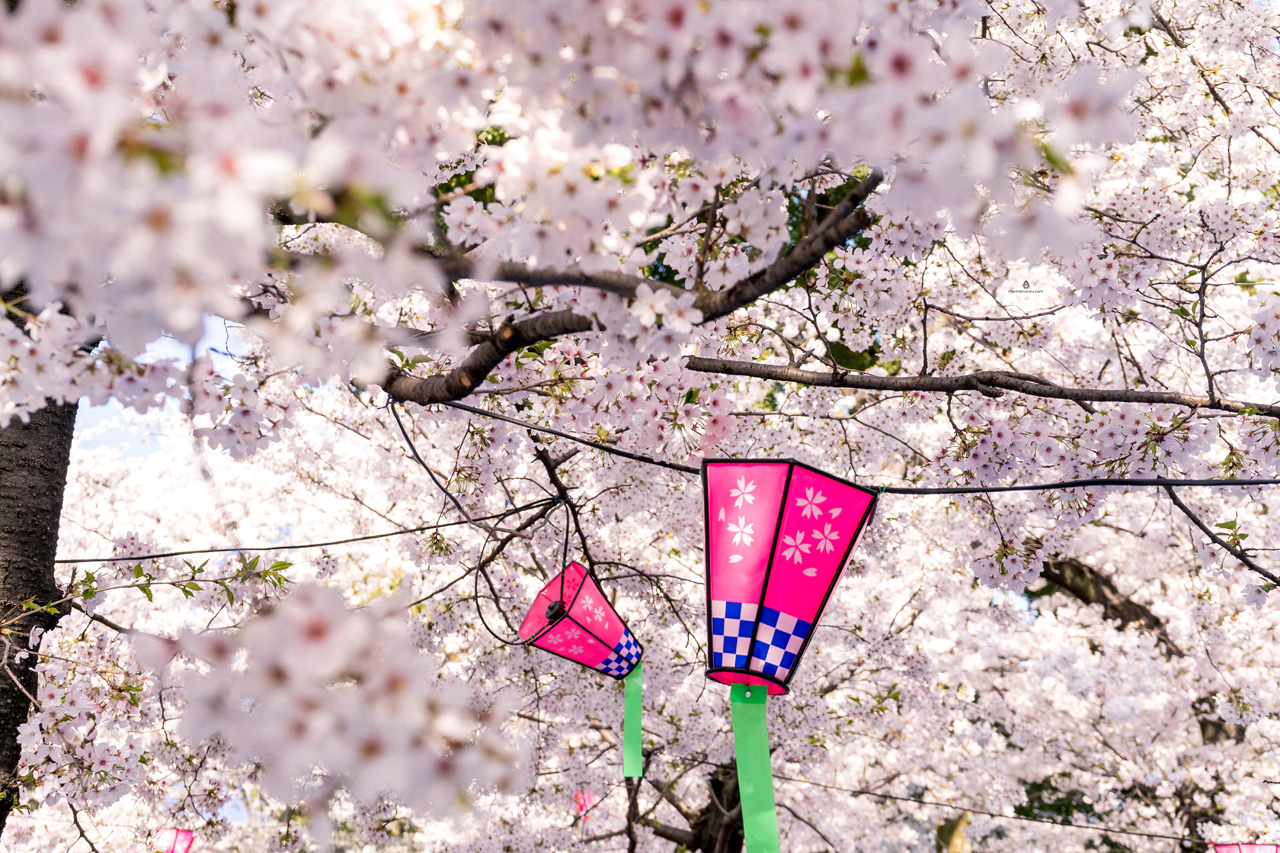




We didn’t fall in love with Hokkaido at first sight, as we did with the rest of Japan. It is the most isolated one of the main Japanese islands, has the weakest traffic connections, isn’t as organized and efficient as the rest of Japan, its trends in tourism are old-fashioned, simply- everything isn’t as you would expect from Japan.